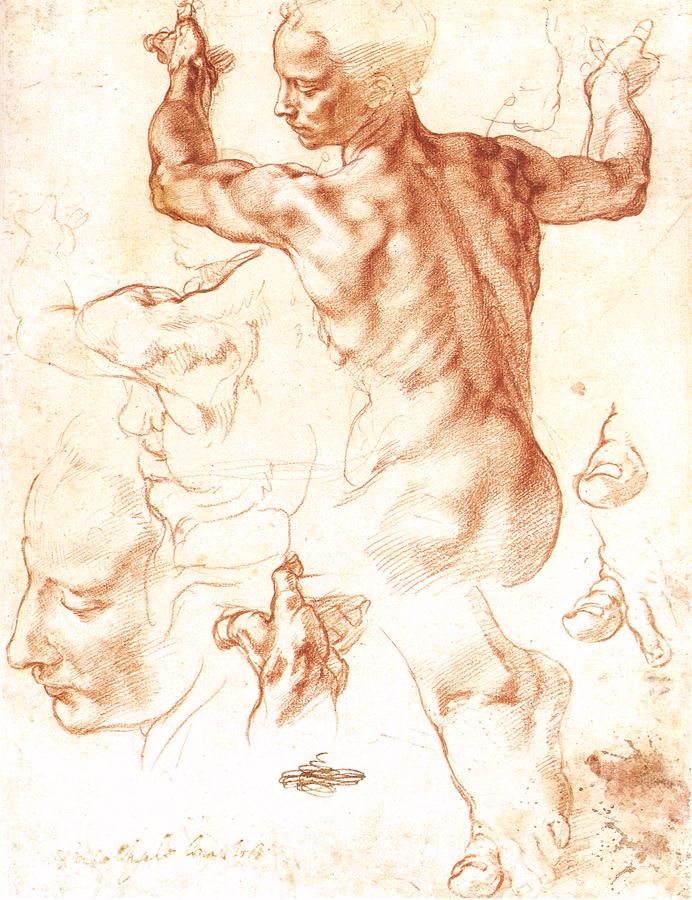The exhibit is titled "Botanical Art, with Altitude!," and we are invited to submit any images which include botanicals. This is a little more open event than some, and is unjuried. You may submit up to 3 artworks, matted and framed in the manner you wish, and ready to hang with hanging wires.
We will hang at least one, but hope to be able to include more. The entry form allows you to number your images in order of hanging preference. Images labeled as "1" will be hung first, and then we'll hang the others in your order of preference once space is determined. We have room for 45 to 50 paintings.
Works may be for sale. Gallery retains 25% commission. There is a small entry fee ($25) to support organizational expenses and tasty treats for the opening, which is scheduled July 19th, 2014, 4-6 PM.
Botanical Art with
Altitude
Specifications:
*Submit up to 3 artworks, number them for hanging preference.
*Submission deadline: 28 June 2014
*Artworks must be matted, framed and wired for hanging.
*Drop off art Saturday at Square One, July 12th between 1-4pm
*Exhibit Start: July 15, 2014
*Reception: July 19, 2014, time to be determined.
*Exhibit closes August 29, 2014.
*Pick up artworks August 30th, between 1-4pm
You may enter up to 3 artworks. Please fully complete all requested
information on the entry form.
Specifications:
*Submit up to 3 artworks, number them for hanging preference.
*Submission deadline: 28 June 2014
*Artworks must be matted, framed and wired for hanging.
*Drop off art Saturday at Square One, July 12th between 1-4pm
*Exhibit Start: July 15, 2014
*Reception: July 19, 2014, time to be determined.
*Exhibit closes August 29, 2014.
*Pick up artworks August 30th, between 1-4pm
You may enter up to 3 artworks. Please fully complete all requested
information on the entry form.
Location: Square Deal Gallery
1460 S. Colorado Blvd, Denver, CO (next to Black Eyed Pea Restaurant)
Contact: Vanessa Martin; Click HERE to contact her.
Special Exhibit Information: You may enter up to 3 matted and framed
artworks, wired and ready to hang. At least one artwork will be hung, and
second and third images may be hung if there is room. We have room for about
45 to 50 paintings. Please include genus and species if known, common names are always good, and you may title the work.
Click HERE for the Entry form.
1460 S. Colorado Blvd, Denver, CO (next to Black Eyed Pea Restaurant)
Contact: Vanessa Martin; Click HERE to contact her.
Special Exhibit Information: You may enter up to 3 matted and framed
artworks, wired and ready to hang. At least one artwork will be hung, and
second and third images may be hung if there is room. We have room for about
45 to 50 paintings. Please include genus and species if known, common names are always good, and you may title the work.
Click HERE for the Entry form.




























